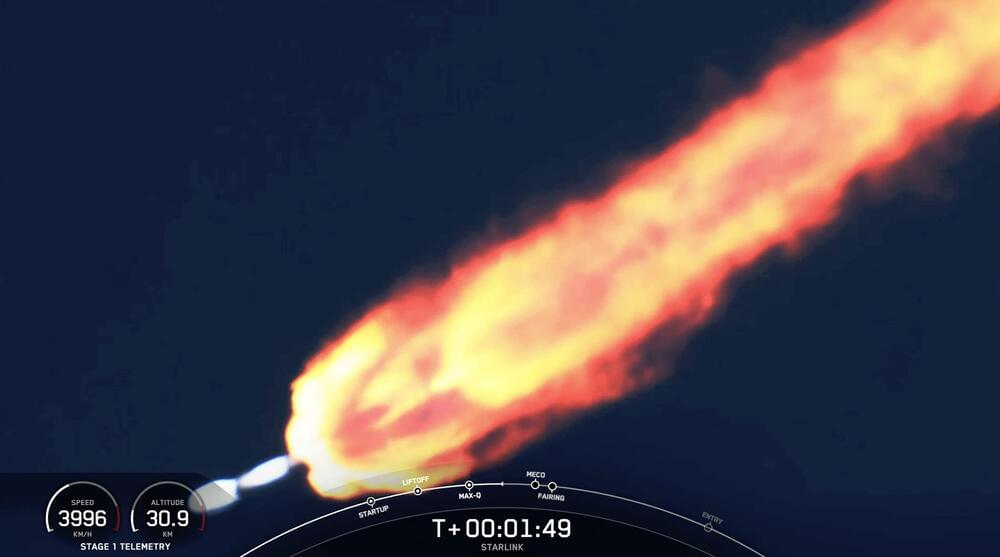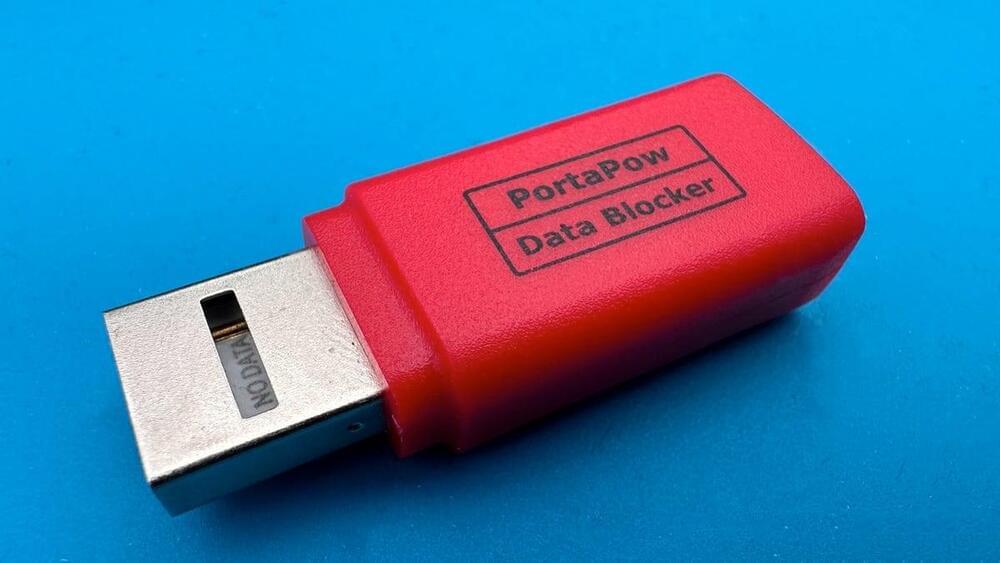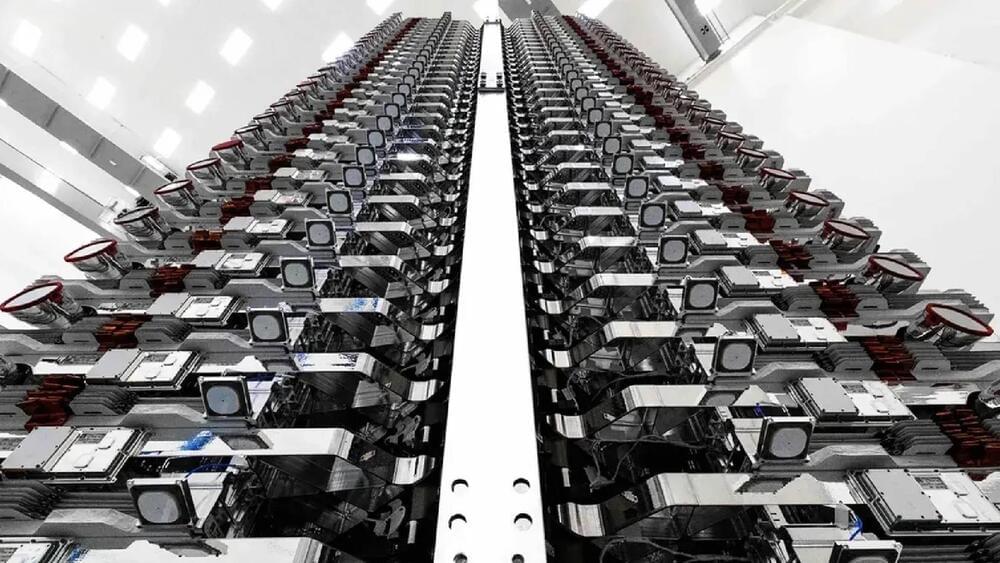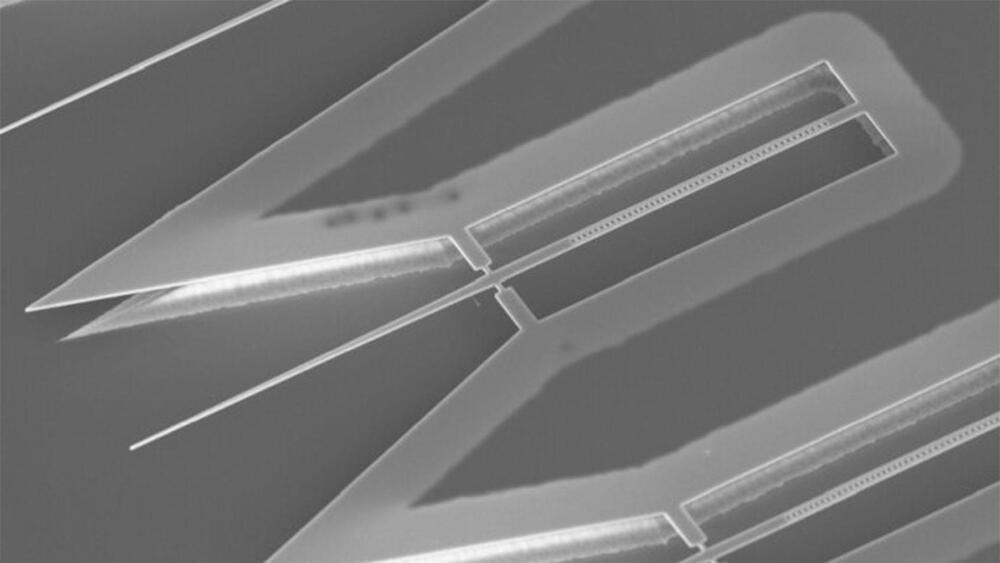Here’s the difference.



SpaceX’s Starlink satellite internet constellation continues to deliver stunning download speeds in Germany. The network, comprised of thousands of satellites, became well known all over for its remarkable download speeds soon after it was opened for public participation. However, the hype around Starlink, the world’s first commercially successful low Earth orbit (LEO) satellite internet, led to millions of users signing up for SpaceX’s service — faster than SpaceX could add capacity. This led to performance downgrades across areas of high demand, particularly in several regions of America. However, now and then, Starlink reminds everyone of its true potential, and that’s the case with today’s internet tests.
Starlink Crosses 500 Mbps In Multiple Download Speed Tests
Today’s test comes courtesy of a Reddit user who recently received their Starlink user terminal after moving to rural Germany. Starlink tests in the European country have often produced remarkable results, owning partly due to lesser congestion as well as the placement of satellites. SpaceX is gradually building out its constellation, which eventually aims to be made of thousands of satellites. This leads to unevenly spread out satellites that benefit some areas in the form of higher speeds.

There are three things that I make sure I do when I’m out and about. I seek out the best coffee I can find. I make sure I use a VPN when using public Wi-Fi, and I always make sure I use a USB data blocker, otherwise known as a USB condom, whenever I use a third-party charger (such as those you find in coffee shops). #DataProtection
Better to have USB data protection and not need it, than need it and not be prepared.

The technology may be acquired by the Ministry of Defense in the next fiscal year.
Reuters.
If all goes well, the organization may adopt the technology next fiscal year.
Reuters reported on Sunday that Japan’s military is testing Elon Musk’s Starlink satellite internet service according to the Yomiuri newspaper that cited unnamed government sources.
Japan’s Ministry of Defense already has access to communication satellites in geostationary orbit but lacks access to the devices in low Earth orbit which Starlink would provide, the Yomiuri said.

SpaceX is revolutionizing the Internet industry with its Starlink broadband satellite network. As of today, the company operates a constellation of around 4,265 Starlink satellites in Low Earth Orbit (LEO) that provide high-speed internet to over 1.5 million subscribers globally. SpaceX is launching Starlink satellites every month to continue expanding service coverage, with plans to launch a total of 12,000 satellites. Besides providing internet to homes and businesses, Starlink beams service directly to user antennas installed on vehicles in motion, like RVs, cruise ships, and aircraft.
In the early days of satellite internet, Geostationary Earth Orbit (GEO) satellites were the norm for aviation. These GEO satellites, positioned at an altitude of approximately 36,000 kilometers above the Earth’s surface, provided coverage to large regions but have limitations in terms of speed and latency – making it hard to livestream or have video calls in-flight. However, everything changed when SpaceX set its sights on LEO and launched thousands of satellites. One of the key advantages of Starlink’s satellites is the ability to provide faster internet speeds because they operate at much lower altitudes of around 550 kilometers. With traditional GEO satellites, the signal had to travel a considerable distance to reach the satellite and then make the round trip back to Earth, resulting in noticeable lag and latency average of around 600ms (milliseconds). In contrast, Starlink’s LEO satellites are positioned much closer to the planet, reducing the distance the signal travels.


“Learn to code.” That three-word pejorative is perpetually on the lips and at the fingertips of internet trolls and tech bros whenever media layoffs are announced. A useless sentiment in its own right, but with the recent advent of code generating AIs, knowing the ins and outs of a programming language like Python could soon be about as useful as knowing how to fluently speak a dead language like Sanskrit. In fact, these genAIs are already helping professional software developers code faster and more effectively by handling much of the programming grunt work.
Two of today’s most widely distributed and written coding languages are Java and Python. The former almost single handedly revolutionized cross-platform operation when it was released in the mid-’90s and now drives “everything from smartcards to space vehicles,” as Java Magazine put it in 2020 — not to mention Wikipedia’s search function and all of Minecraft. The latter actually predates Java by a few years and serves as the code basis for many modern apps like Dropbox, Spotify and Instagram.
They differ significantly in their operation in that Java needs to be compiled (having its human-readable code translated into computer-executable machine code) before it can run. Python, meanwhile, is an interpreted language, which means that its human code is converted into machine code line-by-line as the program executes, enabling it to run without first being compiled. The interpretation method allows code to be more easily written for multiple platforms while compiled code tends to be focused to a specific processor type. Regardless of how they run, the actual code-writing process is nearly identical between the two: Somebody has to sit down, crack open a text editor or Integrated Development Environment (IDE) and actually write out all those lines of instruction. And until recently, that somebody typically was a human.

Google testers now have the chance to check out another new Duet AI feature in Google Workspace. Starting today, they’ll see a new sidebar for Google Sheets. They can describe what they want to do and Duet AI can create a custom template to help them get the ball rolling.
According to Google, this could come in useful for those looking to carry out tasks that involve complex organization and tracking. The company suggests product roadmaps, company retreats and team budgets as potential use cases. If the feature works as intended, it could help save users a ton of time. It’s available in Workspace Labs for the time being.
Google has been quickly expanding the AI’s toolset since it announced Duet for Workspace at its I/O conference last month. When testers enter a prompt in the web version of Docs, Duet can generate text for them. It can automatically insert smart chips too.

A new kind of resonator has the ability to transmit quantum information using single photons from a silicon device tipped with a few dozen erbium atoms.
The quantum internet just got one step closer to reality thanks to a new breakthrough that allows the encoded quantum information to be transmitted over distance.
The quantum internet offers the promise of perfect information security on a quantum mechanical level in the transmission of information using qubits, which will decompose into random information if anyone were to try and intercept it.

Chat gpt 4 has near limitless potential for AI good and it helping so many coders already. It is much like the beginning of the star trek computer and Jarvis from Ironman. It is actually making quick work of all the coding tasks. The real potential is full automation where even work and society could evolve millions of years in seconds. For space exploration we could see it implemented for information of all kinds that is accurate. Eventually it really could be a star trek computer for space exploration. This will only get smarter and Eventually gaps of knowledge even from college level tasks can be easily done and beyond. Along with neuralink even humans could have accurate knowledge with chat gpt 4 including all known knowledge like the entire internet inside neuralink eventually. This could even help with guarding against the superintelligence if that were to happen. Also can even guard nations eventually from polymorphic malware. This tool is a definite force of AI good so stay tuned to chat gpt 4 and beyond.
Hold onto your hats! Microsoft has done it again with the announcement of GitHub Copilot X powered by GPT-4. This shiny new iteration offers many features that will make your pair programming experience feel like a walk in the park.